8 high maintenance plants to avoid, or at least think twice about before adding to your collection
If you take a more relaxed approach to gardening, you'll want to avoid growing these high-maintenance plants. As beautiful as they are, you'll have to work hard to keep them that way...

These high maintenance plants are best avoided if you’re new to gardening or just don’t have the time to look after plants that have complex requirements. From constant watering needs to specific soil pH levels needed for flowering, these garden plants may not be the best choice if you want to just plant something up and forget about it.
It is worth saying that ‘high-maintenance plants and ‘low-maintenance plants’ are both terms relative to where you live. A plant could be high-maintenance in a dry climate but low-maintenance in a wetter climate. However, in general, some plants are just less resilient than others. We’ve asked plant experts to name the plants they’d rather avoid - and the alternatives you should try growing instead.
1. Roses
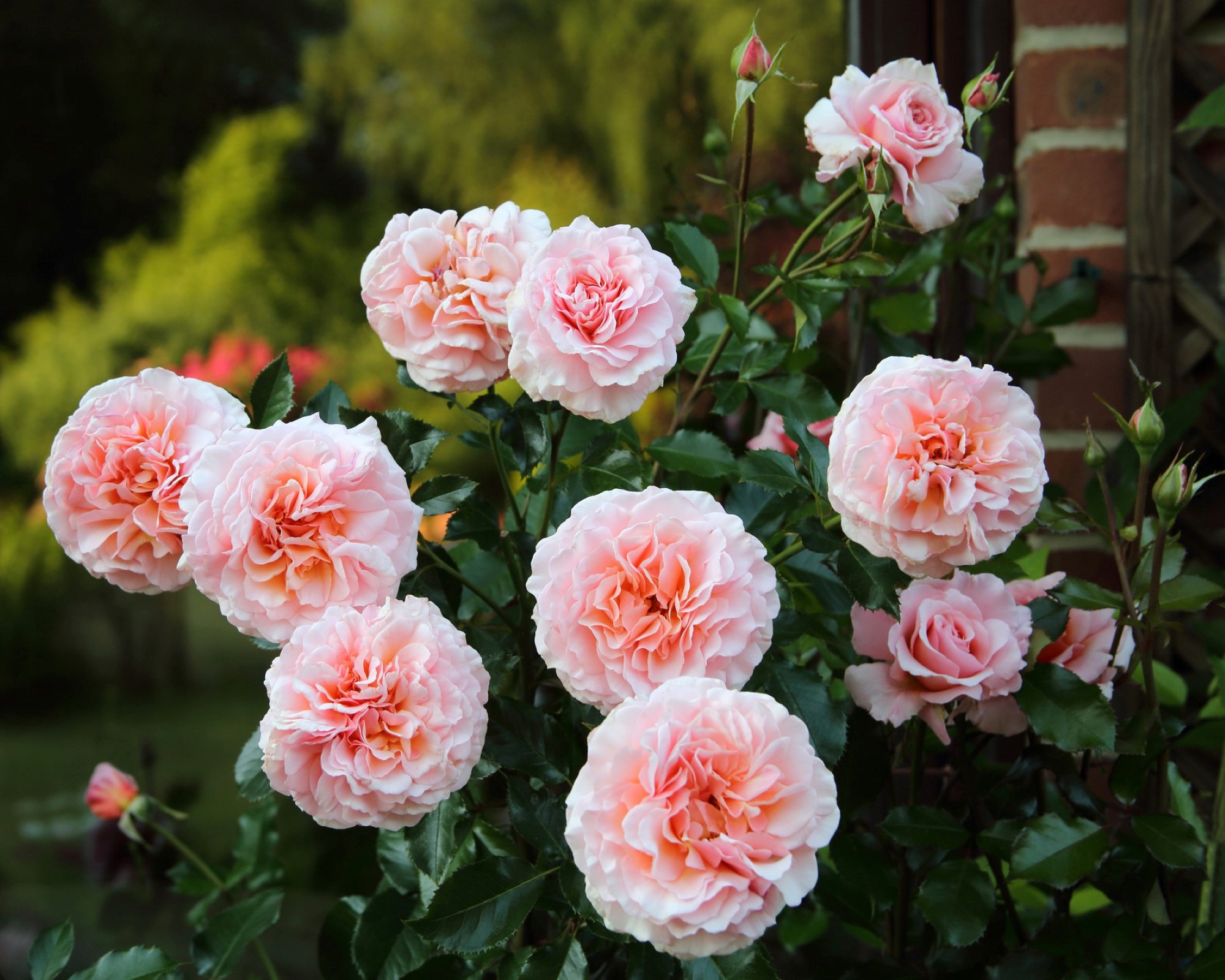
Bad news if you were thinking of starting a rose garden: roses are notoriously high-maintenance. They are pest- and disease-prone, they require constant watering, will almost certainly die if you dig them up and move them, they won’t grow where roses have grown before…the list goes on. Roses are particularly unsuitable for hot climates because they hate having dry roots. If you live in an area prone to drought, or an area with poor soil, avoid roses at all costs. If you live in a temperate climate with plenty of rain and no temperature extremes, it’s a different story.
What to grow instead: The Knock-out rose. Knock-out roses are a special hybrid breed of rose that is known for being extremely low-maintenance and pest-resistant. In the UK, try David Austin roses.
2. Hydrangeas
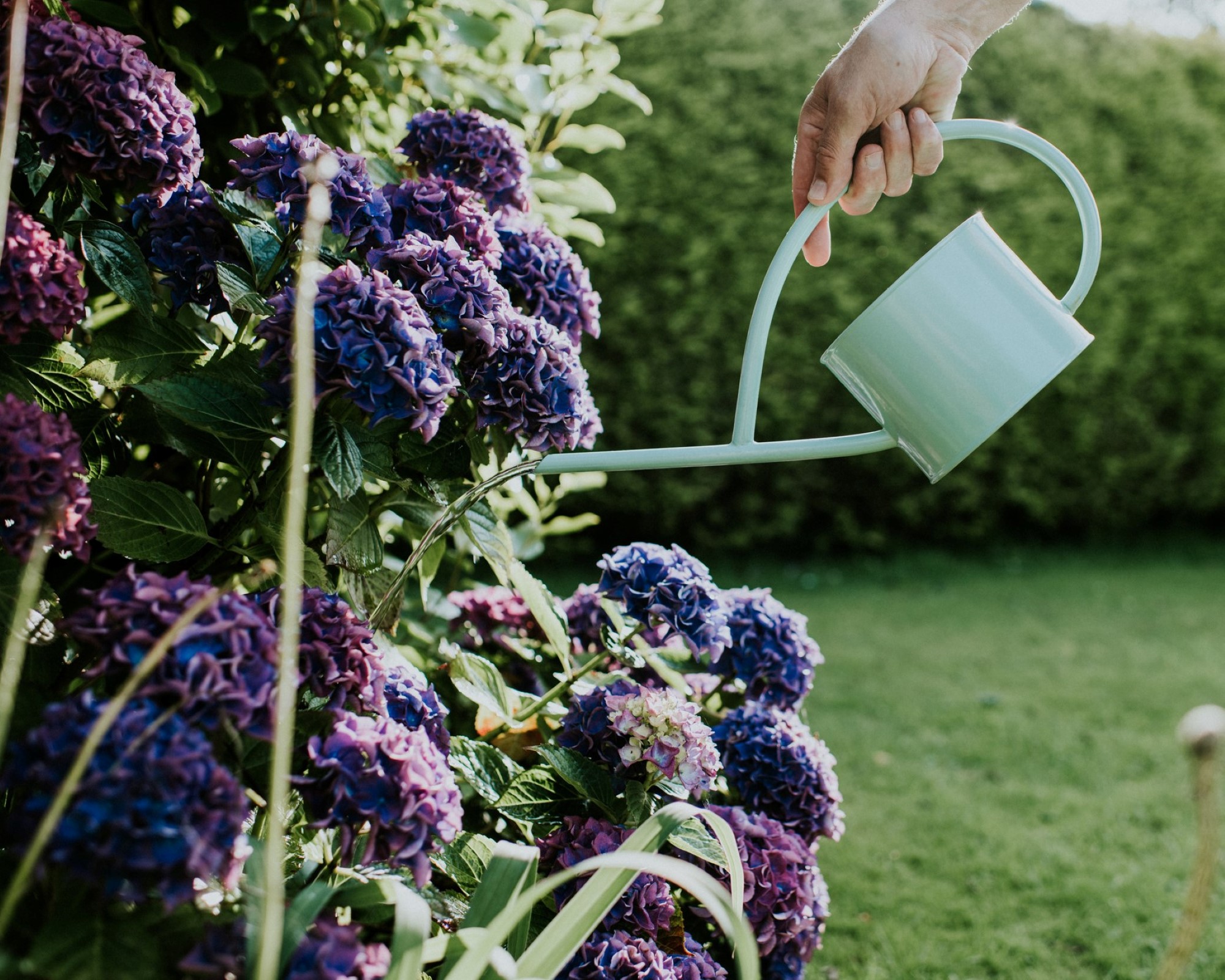
Hydrangeas require constant watering and will wilt quickly if their roots are even a little dry. Blue hydrangeas also require a very specific soil pH, or they go pink. But probably the biggest potential issue with hydrangeas is that they don’t like too much sun – their leaves get scorched. Avoid these plants if you live in areas with hot summers. Pruning hydrangeas can also be tricky business but is a must to keep them healthy and flourishing.
What to grow instead: Lantana is a drought-tolerant shrub that has clusters of flowers that are a bit similar to hydrangea. It doesn’t require any special care.
3. Hostas
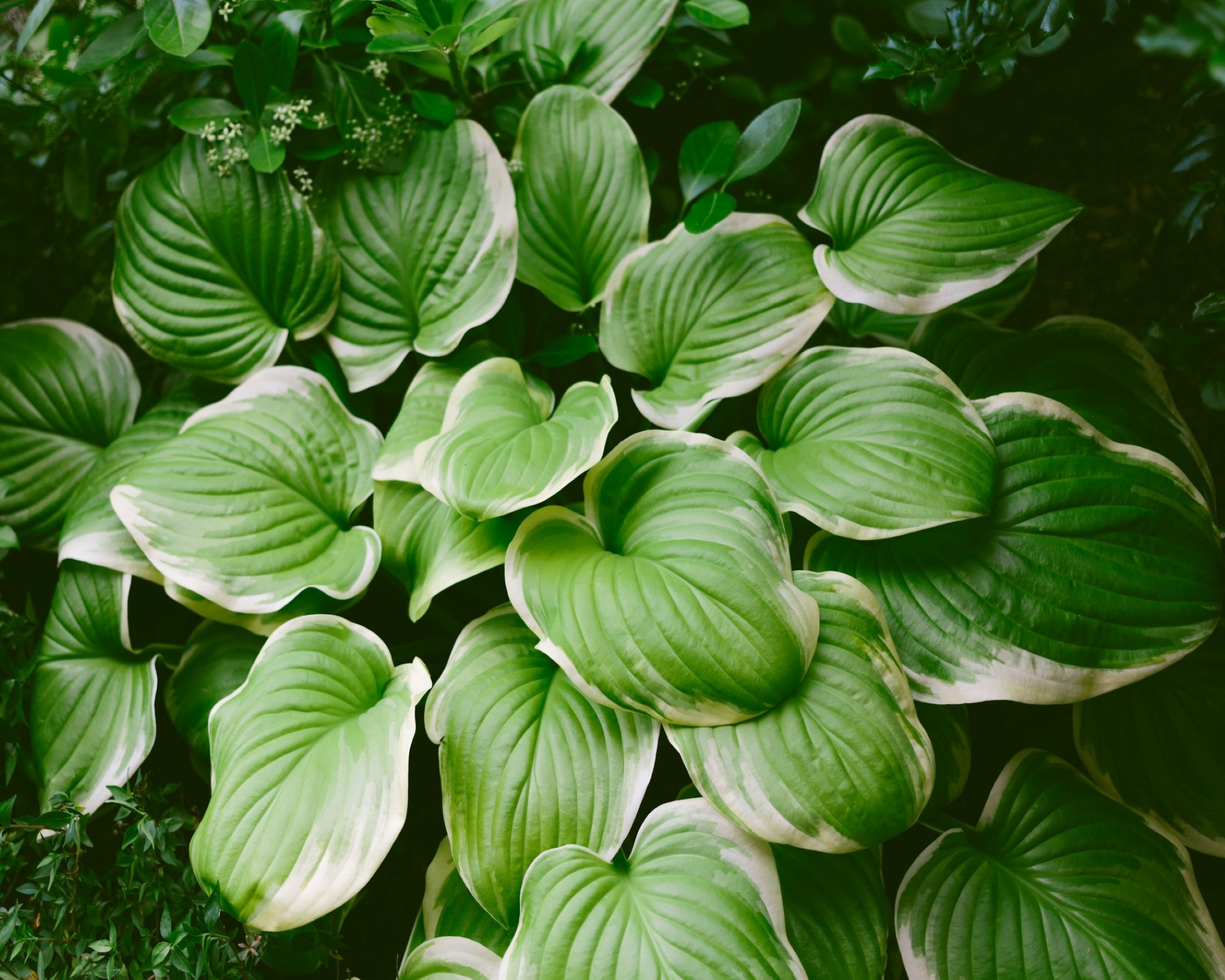
Hostas are very pretty shade plants known for their ornamental leaves. However, guess who also loves those pretty leaves? Slugs. This writer has tried growing hostas for years, and they reliably get destroyed by slugs. Slug repellants can reduce the damage, but if you live in a wet climate where slugs are prolific, they will almost certainly find a way to get to your hostas.
Get small space home decor ideas, celeb inspiration, DIY tips and more, straight to your inbox!
What to grow instead: Blue hostas. They have slightly thicker leaves that are somewhat more slug-resistant, especially if you keep them away from garden walls.
4. Bamboo
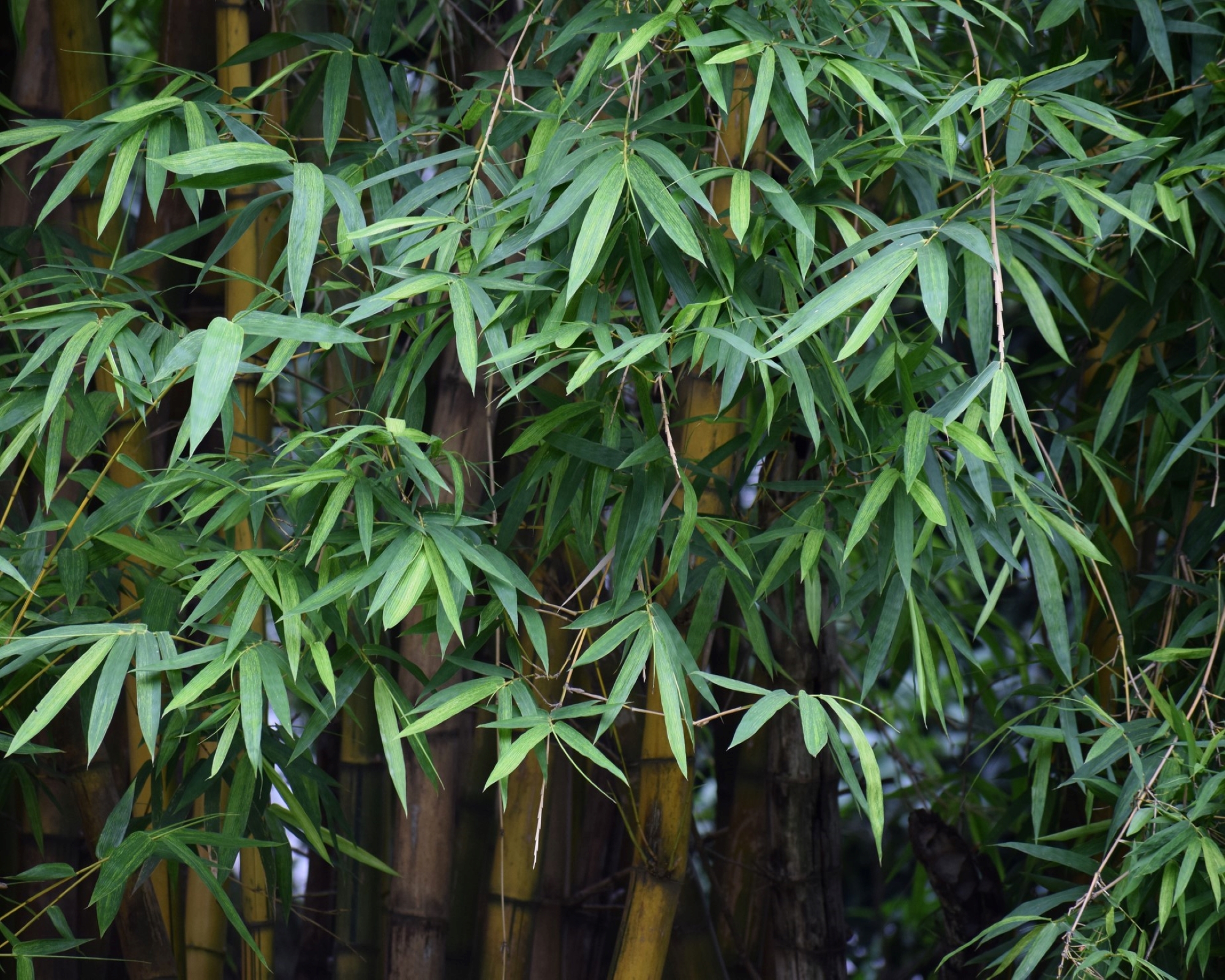
Henry Bartlam, plant expert and the founder of Dig, explains that while bamboo is very popular as a green fence idea, ‘choosing the wrong type of bamboo can prove dangerous! Most types create very extensive root systems which – if not contained – means you’ll have bamboo appearing all over the garden! Very hard to get rid of once established.’
What to grow instead: The Fargesia Nitida variety - it’s much less invasive than other types.
5. Vigorous climbers
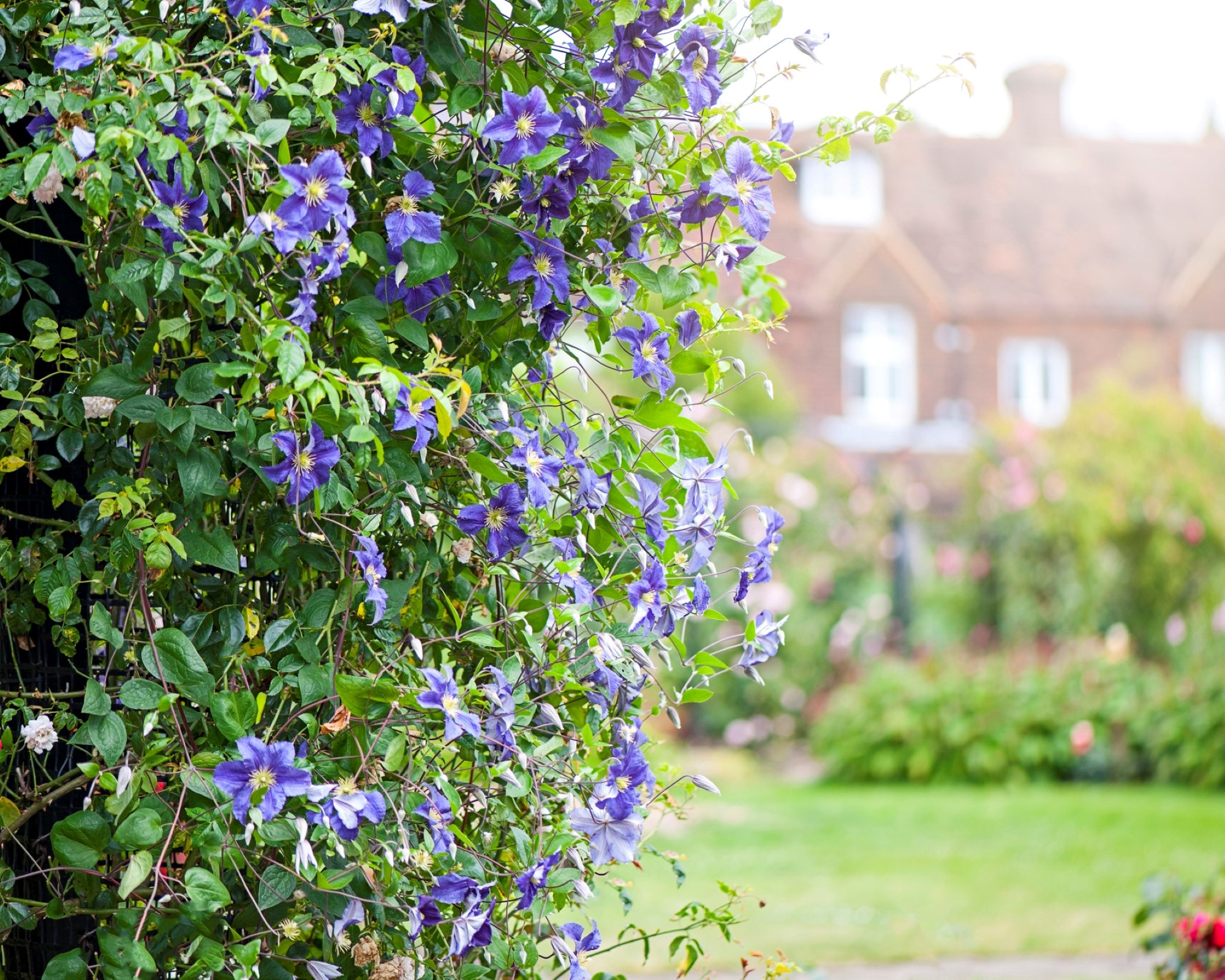
Climbing plants can be useful to grow up walls and as pergola ideas, but you may think twice about them as they can grow very fast. In the worst-case scenario, vigorous climbers ‘can become invasive and damage fences, walls and trees. Clematis armandii, though very pretty, grows fast and needs a lot of attention to keep it in check.’
What to grow instead: Consider lower maintenance climbers such as Star Jasmine.
6. ‘Thug’ plants

Bartlam defines ‘thug plants’ as ‘plants that grow quickly, can smother others and need lots of maintenance! Japanese anemones are one example and can overwhelm other plants around them, so are best to avoid in smaller spaces.’ This also applies to mint, which is best grown in containers to prevent it from taking over your garden completely.
What to grow instead: Choose a low-maintenance variety of anemone ‘such as the beautiful and elegant ‘Honorine Jobert’’.
7. Azaleas

Azaleas are generally finicky both in terms of watering requirements and soil pH. They require acidic soil to thrive and you’re likely going to need to fertilize them regularly to keep them in good shape. Azaleas are also poisonous to dogs, which can be an issue if you have a dog that likes nibbling at plants.
What to grow instead: Try a lilac or a buddleia. Both flowering shrubs are quite low-maintenance and don’t have specific fertilizing requirements.
8. Gardenias
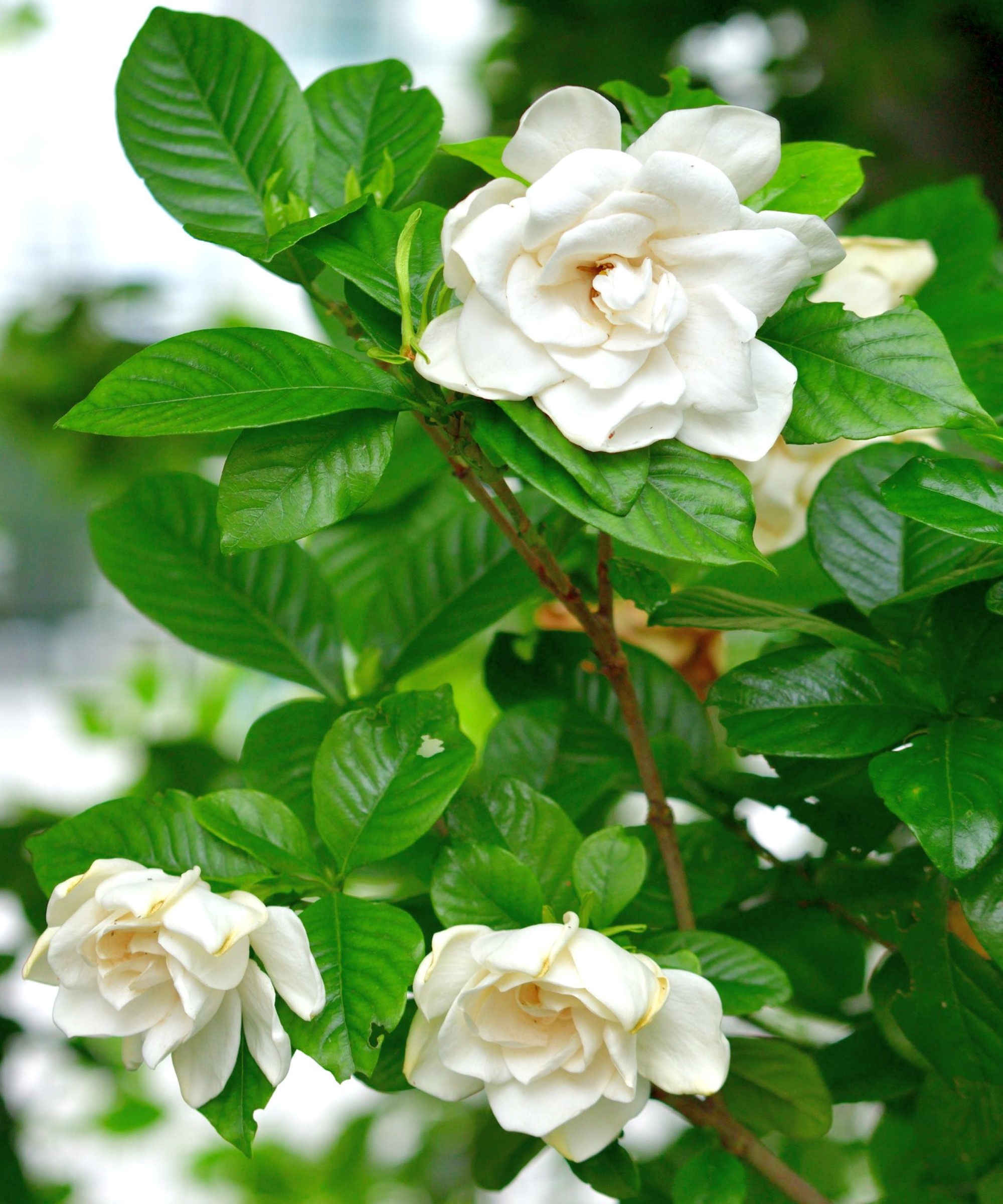
Gardenias thrive in tropical climates, but if that’s not where you live, you likely will have trouble keeping them alive. They are beautiful and the flowers have an exquisite fragrance, but gardenias will drop their buds if it’s too cold, too hot, or if they don’t get enough water - and so on. They’re not the best choice if you live in an area with large temperature fluctuations and/or unpredictable weather.
What to grow instead: Try a low-maintenance hardy jasmine, like Star Jasmine.
What plant is the most difficult to grow?
Probably the rose. If you haven’t grown roses before and/or know that they don’t grow well in your climate, they’re best avoided.
What plant is the easiest to grow?
If you’re new to gardening, start with herbaceous perennials like lavender or rosemary. They grow well in a sunny spot and are quite drought-tolerant plants that don’t require much in the way of fertilizing and only an annual prune.
Anna is a professional writer with many years of experience. She has a passion for contemporary home decor and gardening. She covers a range of topics, from practical advice to interior and garden design.